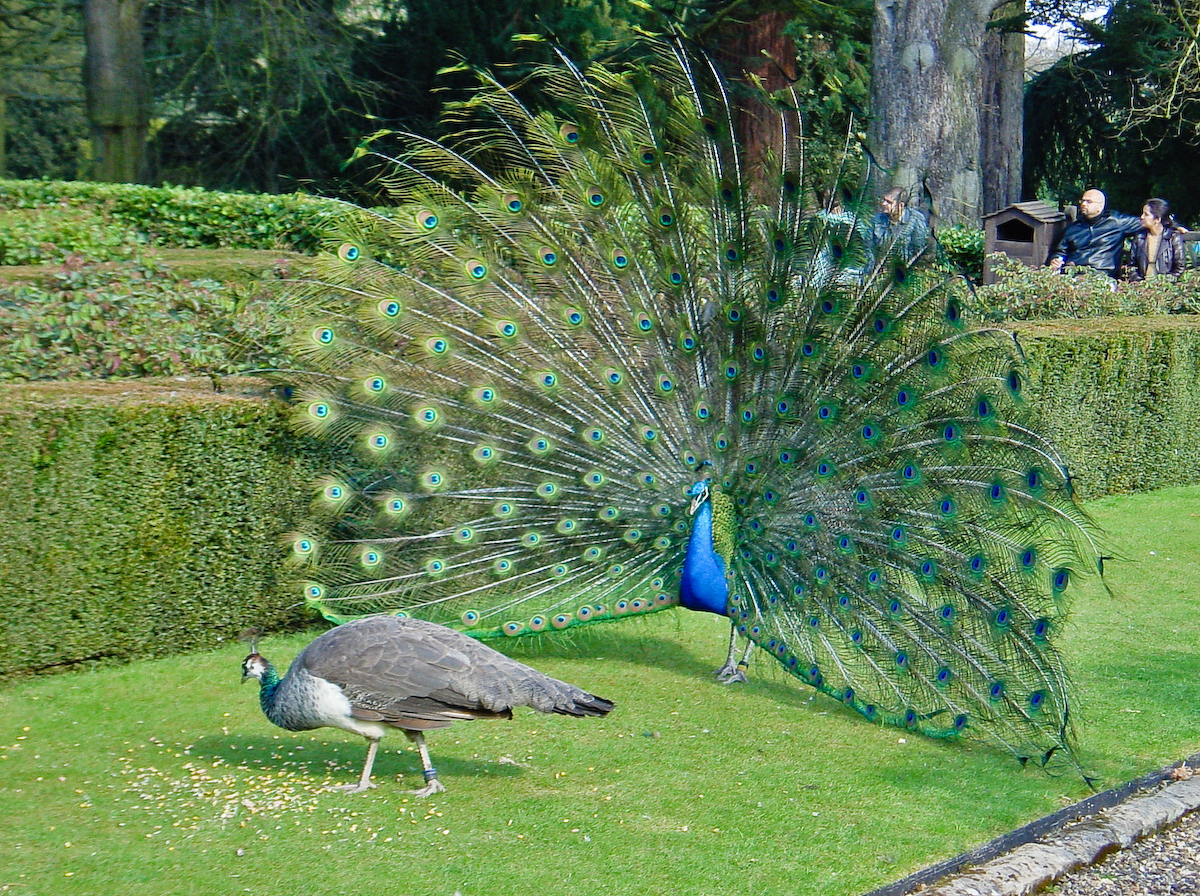Adaptation is a heritable trait or behavior in an organism that aids in its survival. This principle of Charles Darwin may seem obvious. However, the book called A Missing Piece of Darwin’s Puzzle is a captivating book which recognizes circumstances where the principle of adaptation breaks down and the Handicap Principle (HP) takes control. Handicap Principle is one of the most important concepts in animal signaling theory, proposed by Amotz Zahavi in 1975. “A general definition is that females have evolved mating preferences for males who display exaggerated ornaments or behaviors that are costly to maintain and develop, and that this cost ensures an ‘honest’ signal of male genetic quality.”(Anne, 2010) To have attractive offspring, female organisms just need to mate with an attractive male; the trait doesn’t need to be costly to tell females that their offspring will be attractive. However, it’s unsure if the offspring will survive long. A male organism with a handicap, not only is attractive but also healthy and well-adapted to its environment. This kind of male organism has costly signals. So HP is a theory that argues only the fittest individuals can afford costly traits.
 Referece: The Handicap Principle book
Referece: The Handicap Principle book
One vivid example of the Handicap Principle is found in peacocks. Male peacocks with the largest, most colorful plumage are more likely to win the female peacock than males that have less. However, there are disadvantages to this. Having those colorful feathers will allow them to be more visible to predators; it also makes the males slower when they attempt to escape. You may ask why would the females still like peacock males with big tails even though they are at risk. The speculation is that big tails carry risk, and only the best males survive that risk. In conclusion, the bigger the tail, the more fit the male is.

Reference: A male peacock showing off his huge plumage
When handicap principle is used for mating preferences, it depends on three rules. The first one is where animals need to communicate with each other through signals. The second is where the signals must be honest in order to be effective. The HP works like an identification that declares quality. Only a confident organism can have it. HP cannot be faked; this is what makes it honest. Lastly, honest signals are expensive.
Now you may wonder why the honest signals are costly? The reason is signaled do not come for free. They take up energy and make survival more difficult. The stronger they are, the more easily they can bear this cost. The nature of the handicap is such that a weak individual could not afford it.
Background
The book On the Origin of Species, Darwin’s theory of natural selection couldn’t explain some phenomena. One of this situation is about the tail of the peacock. This question has been handled broadly by behavioral biologists over the years. In order to explain this Fisher proposed ‘runaway sexual selection’ hypothesis. He believes that the reason males develop a handicap trait is because at some point a female found it attractive. However, his idea couldn’t completely explain the problem. So in mid-1970’s Amotz and Avishag Zahavi put forward a novel idea. The answer to the question of why animals have extravagant traits of behavior is to show females that they have better genes and can survive the disadvantages of HP.
Different Types of Handicap
In order to clarify the handicap principle, Grafen classifies handicaps into four categories.
1) “Strategic Choice” Handicap: This theory is the most common. The male or signaller chooses how large of a handicap to produce. Different signallers choose different sizes of handicaps.
2) The Condition-dependent Handicap: This relies on only some signallers to be able to produce the handicaps. A healthy diet, limited wear-and-tear and other conditions are needed for a healthy coat or shiny feathers.
3) The Revealing Handicap: This is when the signallers are in actions. Those signallers are engaging frequently in the handicap behavior.
4) Survival Handicap: This handicap put the signaller’s life at risk. Only the strongest survive and thus proving their high quality of genes.
In researching and learning about handicap principle, I began to compare animals to humans. How are human signallers similar to animals when trying to attract someone else? Do traits like having bling, wearing makeup, wearing nice clothes, having fancy hairdos or having a lot of money attract people? Do you agree or not? Also, why do we even do it? How about the behavior of the signallers, how are they similar and different to animals? Do you think having handicap trait are positive or detrimental qualities? How would having handicaps influence our world? Do you think it’s fair that other people have more advantages than you? Or do you even care?
A video you can watch!!!
Reference: Handicap Principle
Websites I used to find informations on hadicap principle:
The Handicap Principle | Sexual Selection and Life History Evolution
Animal Signalling Theory 101 – The Handicap Principle | Replicated Typo
The Theory of Honest Signaling – Defining the Handicap Principle
